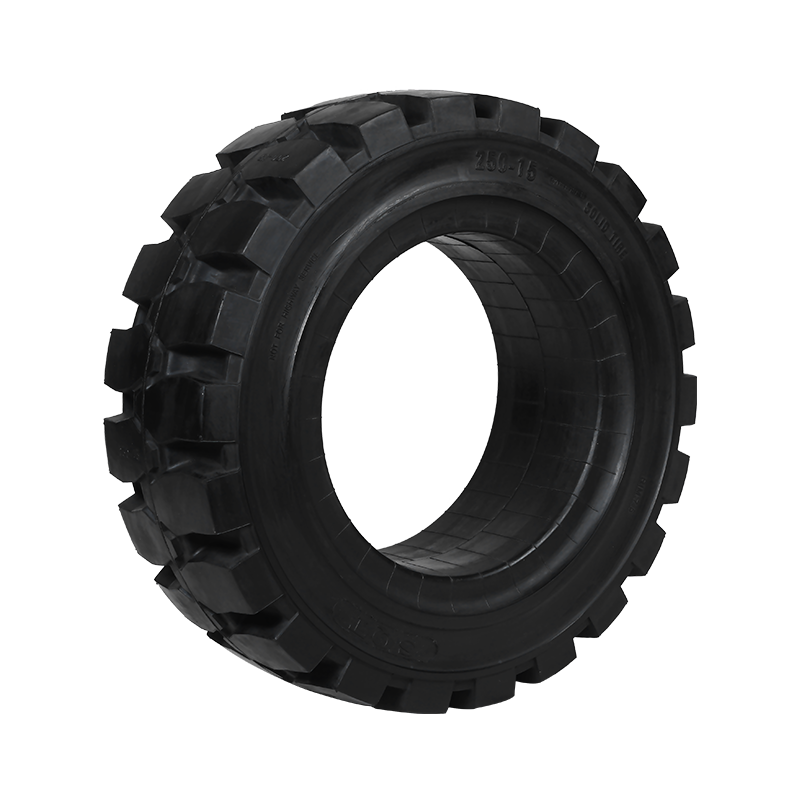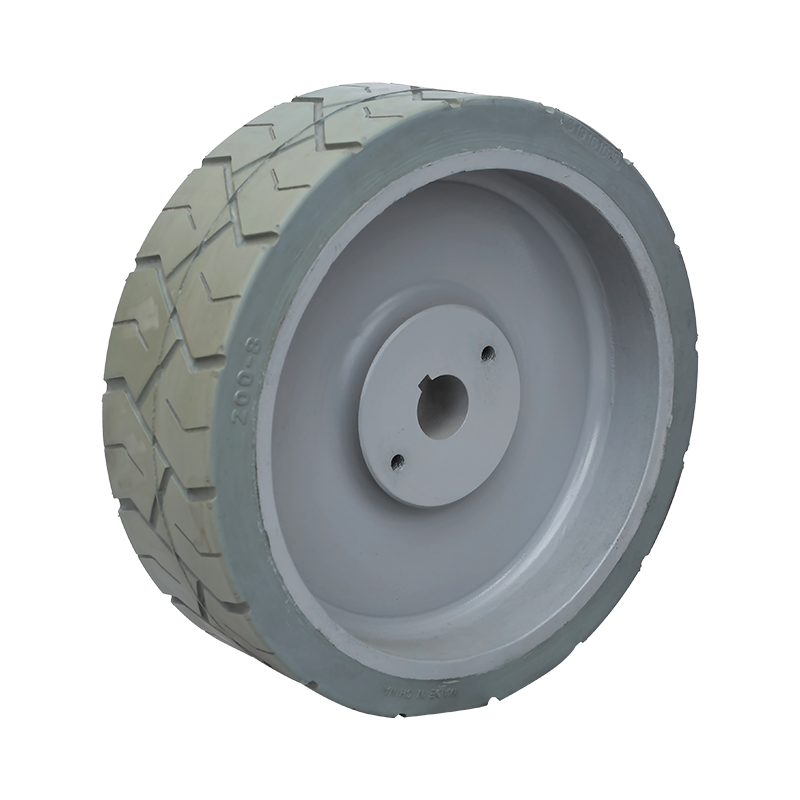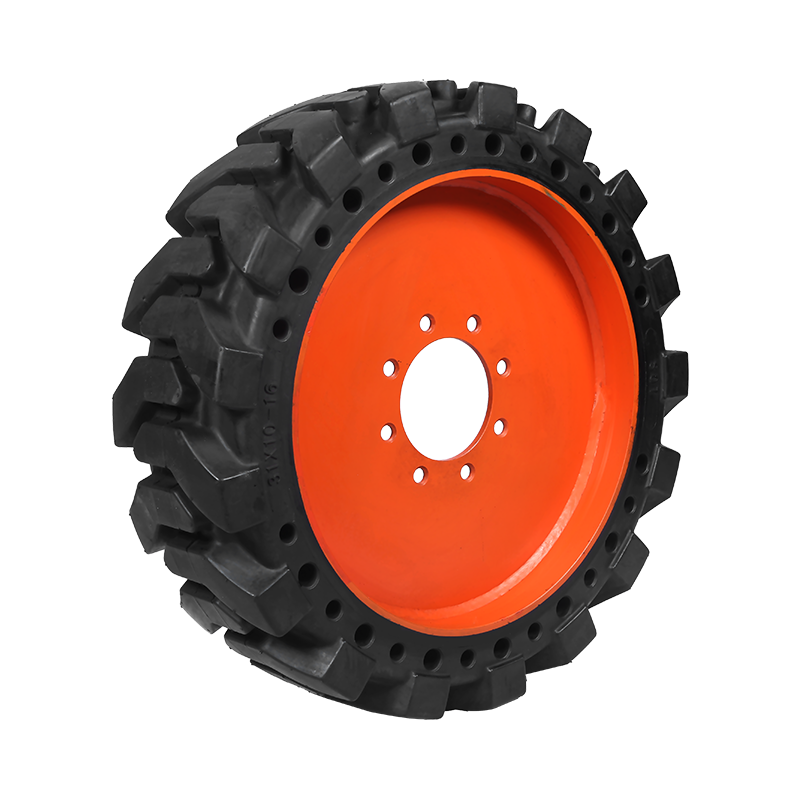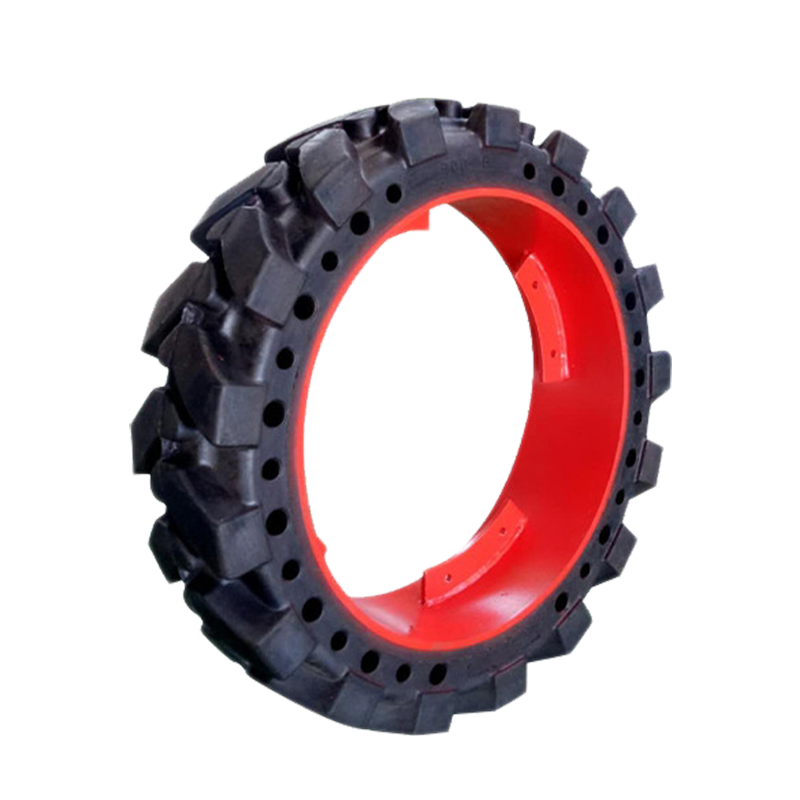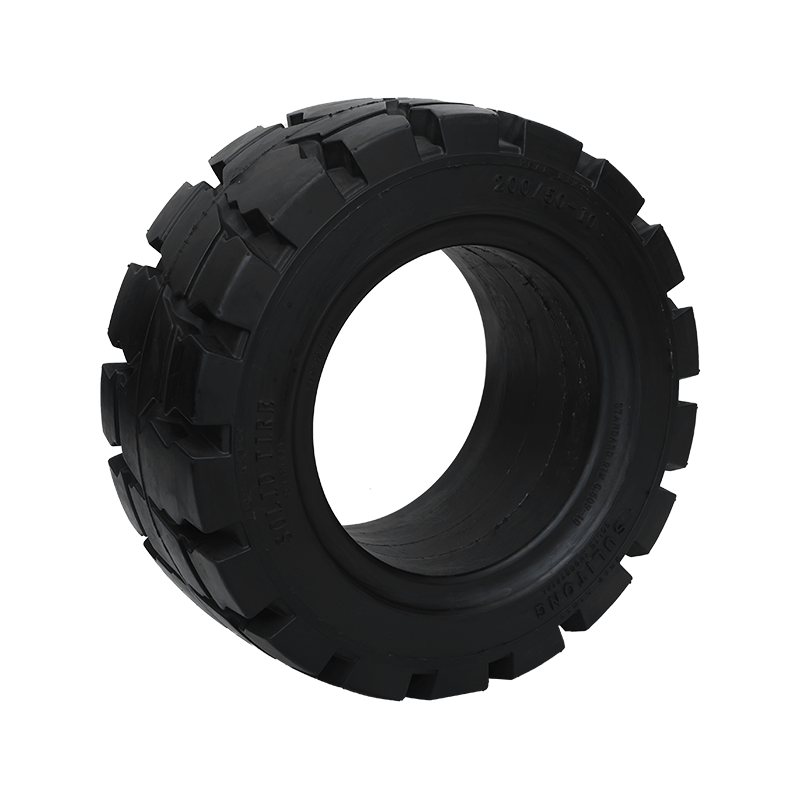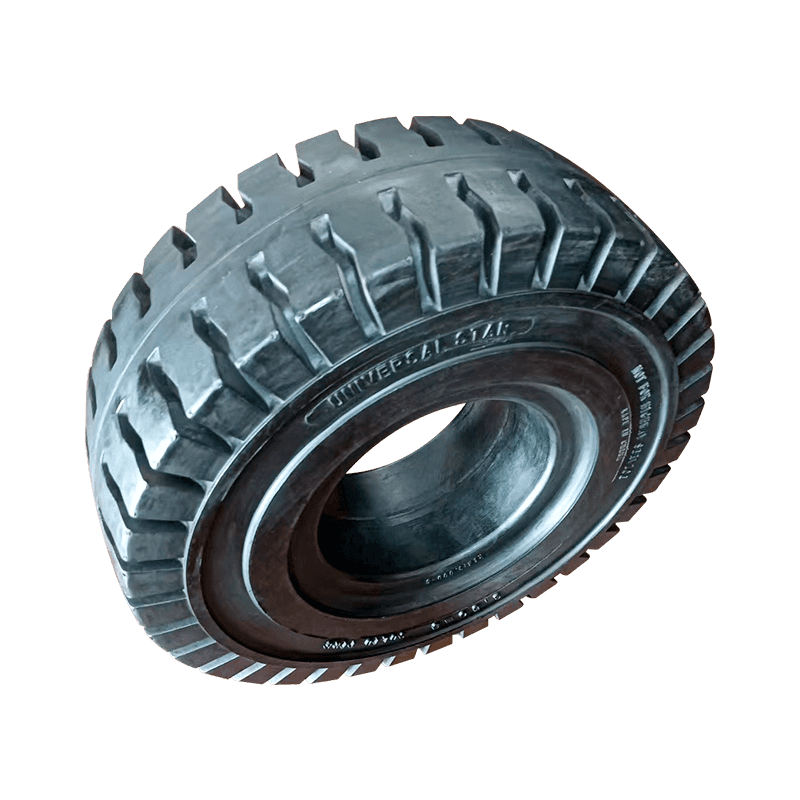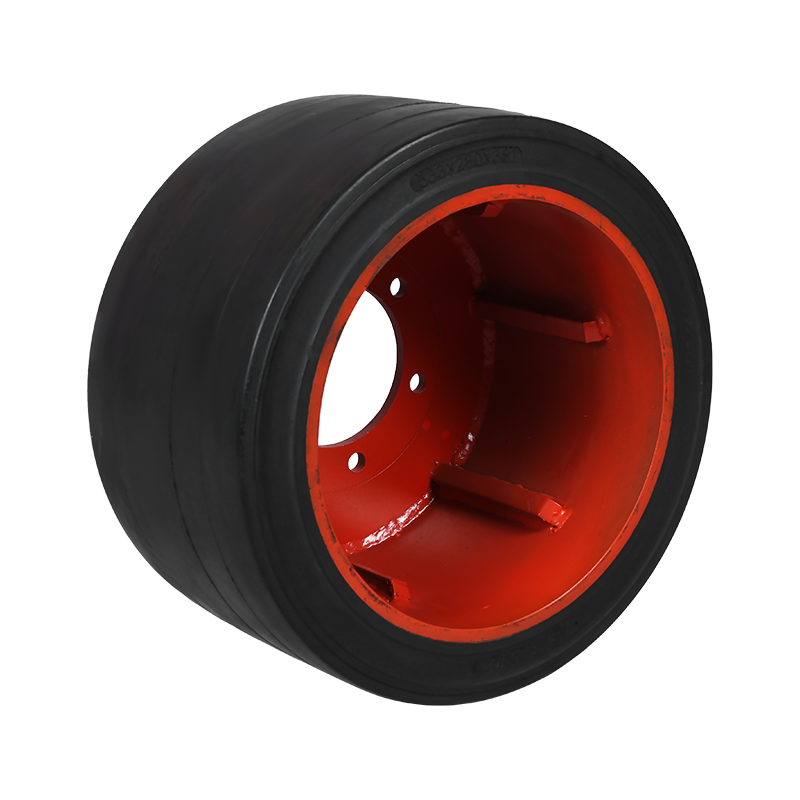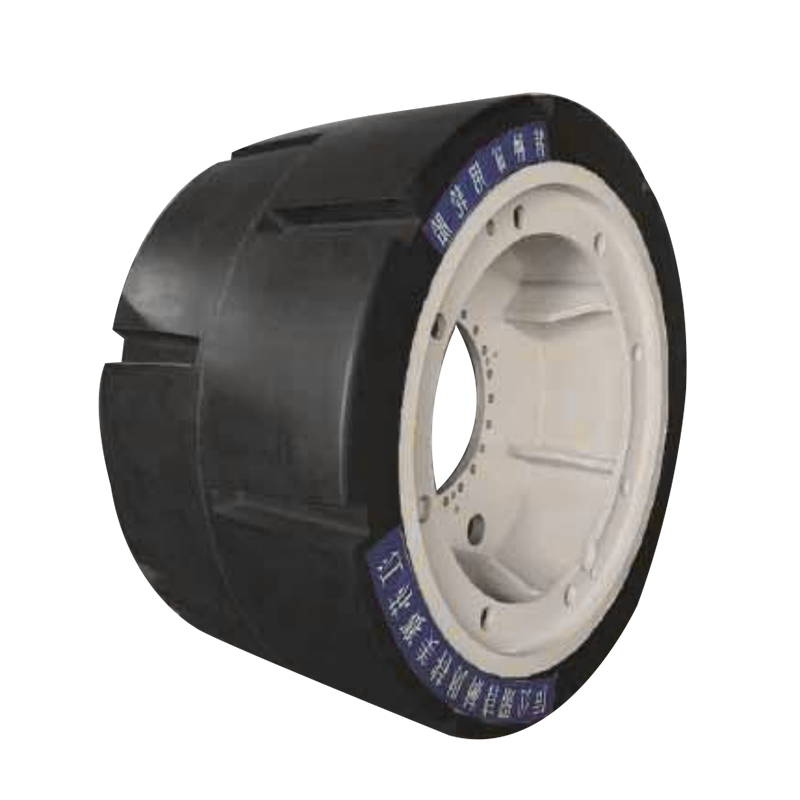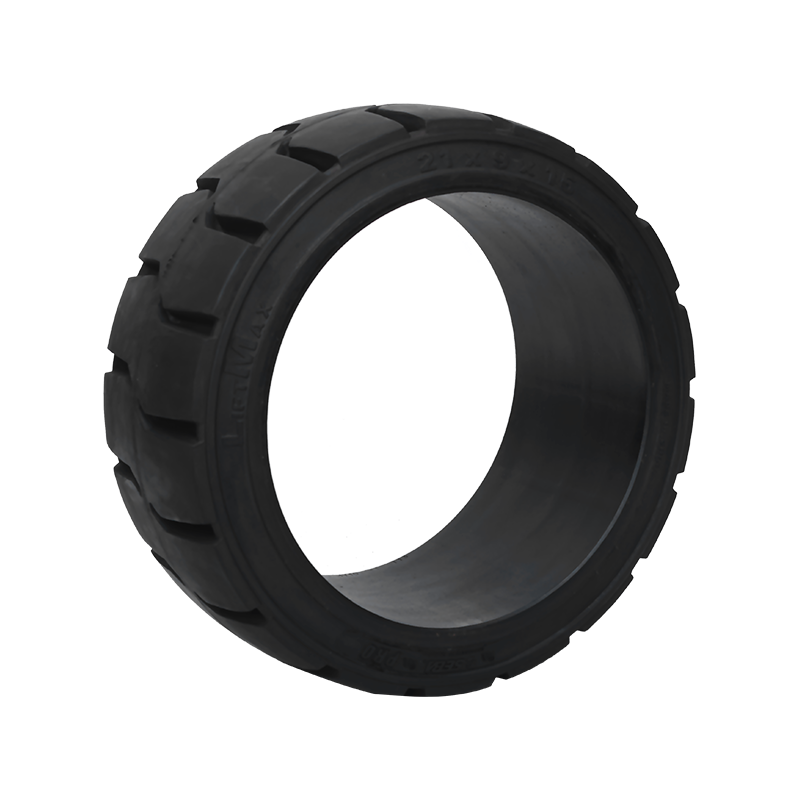Automobile Tires: Your Guide to Performance, Safety, and Longevity
The unsung heroes of every vehicle are its automobile tires. These four patches of rubber are the only part of your car that actually touches the road, making them critically important for everything from a smooth commute to high-speed performance. Understanding your tires is the first step toward ensuring your safety on the road and getting the most out of your vehicle.
The Anatomy of an Automobile Tire
At first glance, a tire might seem like a simple black doughnut, but it's a marvel of engineering. A typical tire is composed of several key components:
-
Tread: This is the part of the tire that makes contact with the road. The grooves and patterns in the tread are designed to channel water away, provide grip, and ensure stability. Tread depth is a key indicator of a tire's health and performance.
-
Sidewall: The side of the tire, which contains all the critical information you need to know, including the size, load index, speed rating, and brand. The sidewall also plays a crucial role in supporting the vehicle's weight and absorbing impacts.
-
Bead: The bead is the inner edge of the tire that seals against the wheel rim, holding the tire in place and containing the air pressure.
-
Belts and Plies: These are the internal layers, often made of steel or synthetic fibers, that provide the tire with its strength and structure, helping it maintain its shape under pressure and load.
Choosing the Right Automobile Tires for Your Vehicle
Selecting the right tires is not a one-size-fits-all process. The best automobile tires for your car depend on several factors:
Tire Size
The most important specification is the tire size, which is a series of numbers and letters found on the sidewall (e.g., P215/65R15). This code tells you the tire's width, aspect ratio, construction type (Radial), and rim diameter. It's crucial to use the size recommended by your vehicle's manufacturer, which can be found in your owner's manual or on a sticker inside the driver's side door jamb.
Load Index and Speed Rating
These two numbers are often overlooked but are vital for safety. The load index indicates the maximum weight a tire can support, while the speed rating specifies the maximum speed a tire is designed to handle. Using tires with a lower load index or speed rating than your car requires can be dangerous.
Tire Type
Do you need all-season, summer, or winter tires?
-
All-season tires are the most common choice, offering a balanced performance in various conditions, from dry roads to light snow. They are a great general-purpose option.
-
Summer tires are designed for optimal grip on dry and wet roads in warm weather. Their tread compound and pattern are not suitable for cold temperatures or snow.
-
Winter tires are a must-have if you live in an area with significant snow and ice. They feature a special tread compound that stays soft in cold temperatures and deep, aggressive tread patterns for superior traction on slick surfaces.
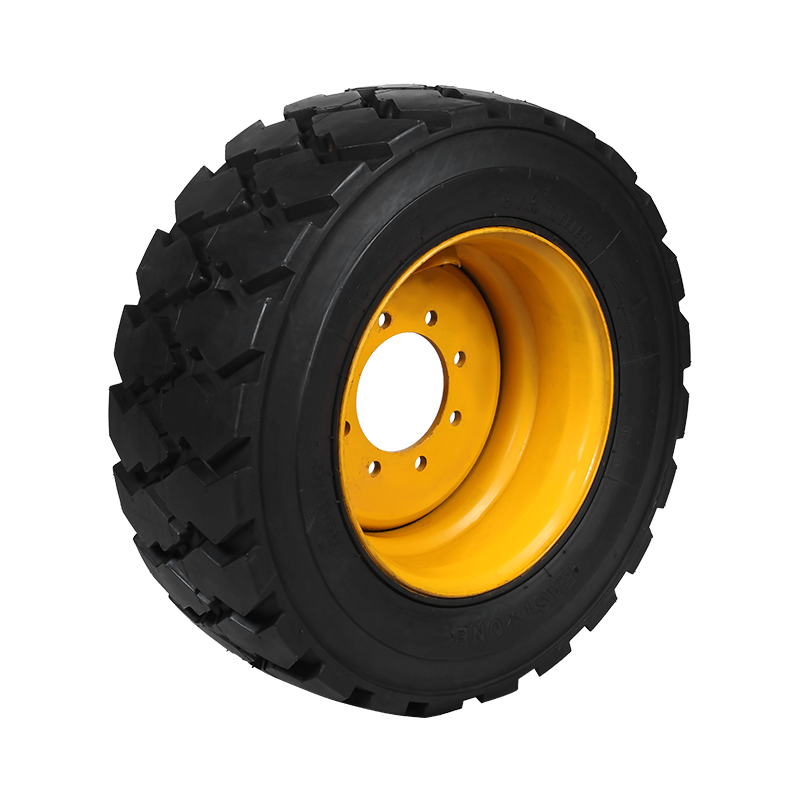
The Lifespan and Maintenance of Your Automobile Tires
Even the best automobile tires will wear out over time. Proper maintenance is key to extending their life and ensuring your safety.
Tire Pressure
Underinflation is a major cause of tire failure and can lead to uneven wear, reduced fuel efficiency, and a higher risk of blowouts. Overinflation can also be dangerous, leading to a harsh ride and excessive wear in the center of the tread. Always check your tire pressure regularly with a gauge and inflate to the pressure recommended by your vehicle manufacturer, not the "max pressure" listed on the tire's sidewall.
Tire Rotation
Regularly rotating your tires helps ensure they wear evenly. Since the front and rear tires on a car wear differently, rotating them every 5,000 to 7,500 miles can significantly extend their lifespan and maintain balanced handling.
Tread Depth Check
A simple and effective way to check your tread depth is with the "penny test." Place a penny into a tire tread groove with Lincoln's head upside down. If you can see the top of his head, your tires are worn and should be replaced soon.
When to Replace Your Automobile Tires
Knowing when to replace your tires is as important as choosing the right ones. Look out for these warning signs:
-
Visible wear indicators: Most tires have built-in tread wear indicators, which are small rubber bars located in the grooves. When the tread is worn down to these bars, it's time for new tires.
-
Cracks and bulges: The sidewall should be smooth and free of any visible cracks or bulges. These can be signs of internal damage and could lead to a sudden blowout.
-
Old age: Even if they look okay, tires over six years old should be inspected by a professional. The rubber compound can degrade over time, leading to a loss of performance and increased risk.
Your automobile tires are a critical investment in your vehicle's safety and performance. By understanding their construction, choosing the right type for your needs, and performing regular maintenance, you can ensure a safer, more efficient, and more enjoyable driving experience for years to come.
CONTACT US
-

Email: SMT001@saimeite-tyre.com
-

Phone: +86-18451337018No. 1, Renmin South Road, Yandu District, Yancheng City, Jiangsu Province, China

 English
English 한국어
한국어 Français
Français Español
Español
